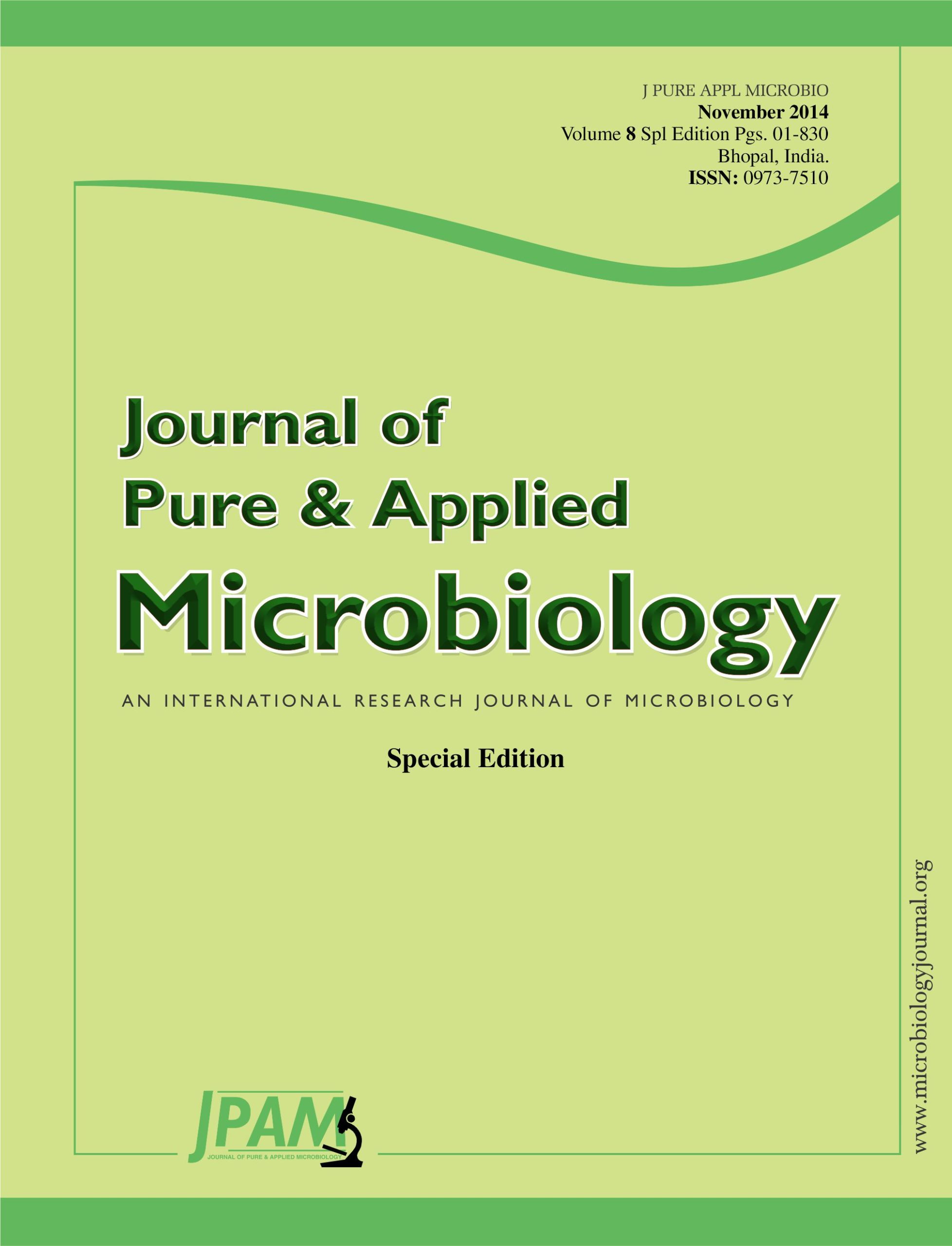In vitro mutagenesis for selected salt tolerant wheat cultivars was carried out, by exposing embryogenic calli of Kharj A and Kharj B to gamma rays at different doses (0, 40, 80 and 120 Gy) and then treated with 0, 0.9 and 1.2 % NaCl. Salt stressed calli exhibited higher levels of proline content and the 1.2 % NaCl stressed calli exhibited 9 and 8 folds proline accumulation in Kharj B and Kharj A, respectively. The non-salinized irradiated calli revealed successive increasing of proline content and combining the effects of gamma rays and salinity stress showed progressively increasing in proline content that reached the maximum at 120 Gy under 1.2 % NaCl. SDS-PAGE analysis of total proteins revealed 11 variable bands among a total of 28 bands. Non-salinized calli irradiated with gamma ray showed 3 disappeared bands at the 3 different gamma doses in Kharj A, while 2 bands disappeared only at 120 Gy in Kharj B. Conversely, two protein bands were induced in Kharj A at 80 and 120 Gy, respectively. Combining the effects of salinity stress and gamma rays showed 8 of the variable bands were affected by gamma rays, whereas some were induced at different gamma doses under 0.9 and 1.2 % NaCl. The non-irradiated calli displayed some isozyme bands of the 4 enzymes that appeared under either 0.9 or 1.2 % NaCl. The effects of non-salinized calli irradiated with different gamma ray doses induced some distinctive bands either similar or different to the bands appeared under salinity stress at 40, 80 and 120 Gy.
In vitro embryonic culture, Wheat varieties, Gamma rays and salinity stress, protein and isozyme markers
© The Author(s) 2014. Open Access. This article is distributed under the terms of the Creative Commons Attribution 4.0 International License which permits unrestricted use, sharing, distribution, and reproduction in any medium, provided you give appropriate credit to the original author(s) and the source, provide a link to the Creative Commons license, and indicate if changes were made.


